In recent years, there has been a significant increase in the number of warehouses and warehouse workers. In the United States alone, there are more than one million warehouse workers. Warehouse employees can be exposed to many hazards and it is important to educate yourself on warehouse safety to protect your employees, yourself and your facility.
Manual Lifting
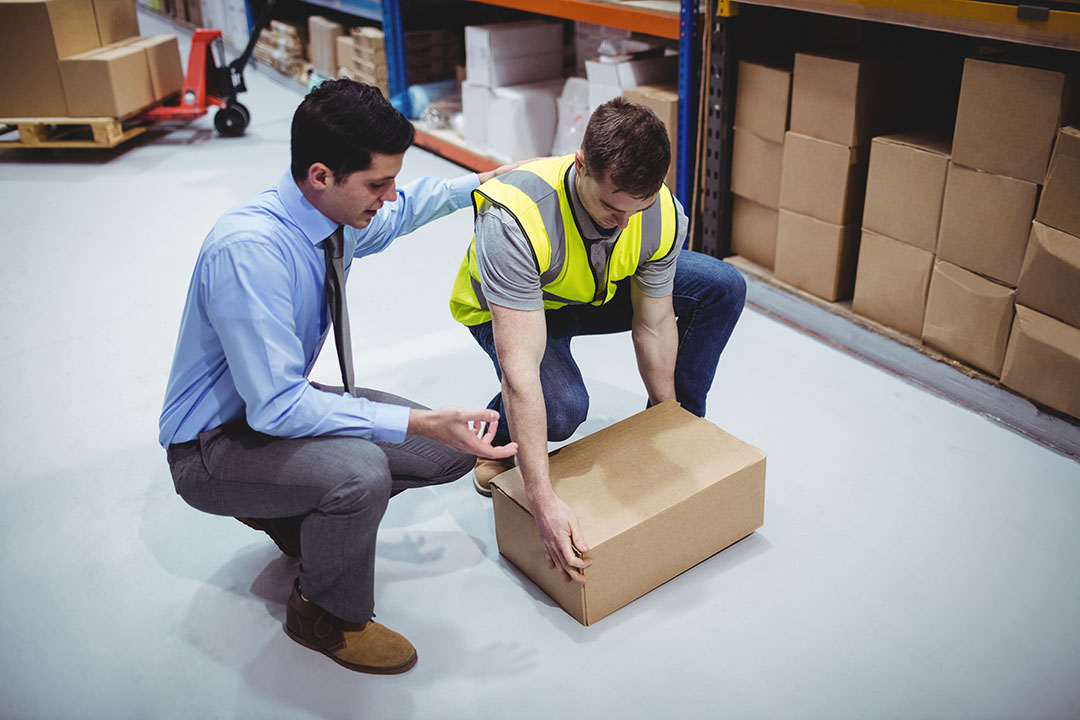
Back injuries are the most common workplace injuries and in warehouses, they usually come from improper lifting techniques. Improper lifting or twisting while carrying a heavy load can lead to sprains, strains, torn muscle, torn cartilage, and displaced or compressed vertebrae. The more repetitive lifting your employees do, the more at risk your employees are for back injury.
Mechanical lifting methods, such as a pallet jack or dolly, should be as available as possible. However, in case they are not available, you should train your employees on ways to reduce the risks of a manual lift.
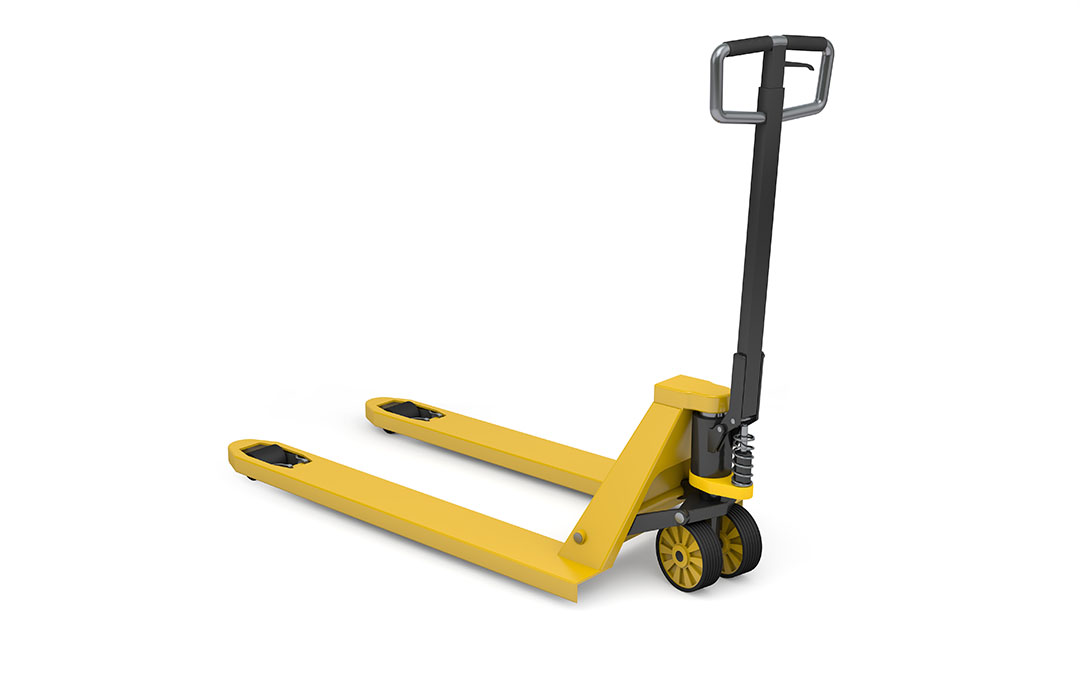
Safe manual lifting practices include:
- Planning lifts before even getting started
- Checking the load for information tags
- Using the handles on the load or adding some if not already available
- Testing the load’s stability and weight
- Asking for assistance if the load is too heavy or awkward for one person
- Wearing gloves and long sleeves to protect hands and forearms
- Bending your knees to lower yourself in front of the item, instead of bending your back
- Keeping the load between your chest and your knees
Material Lifting
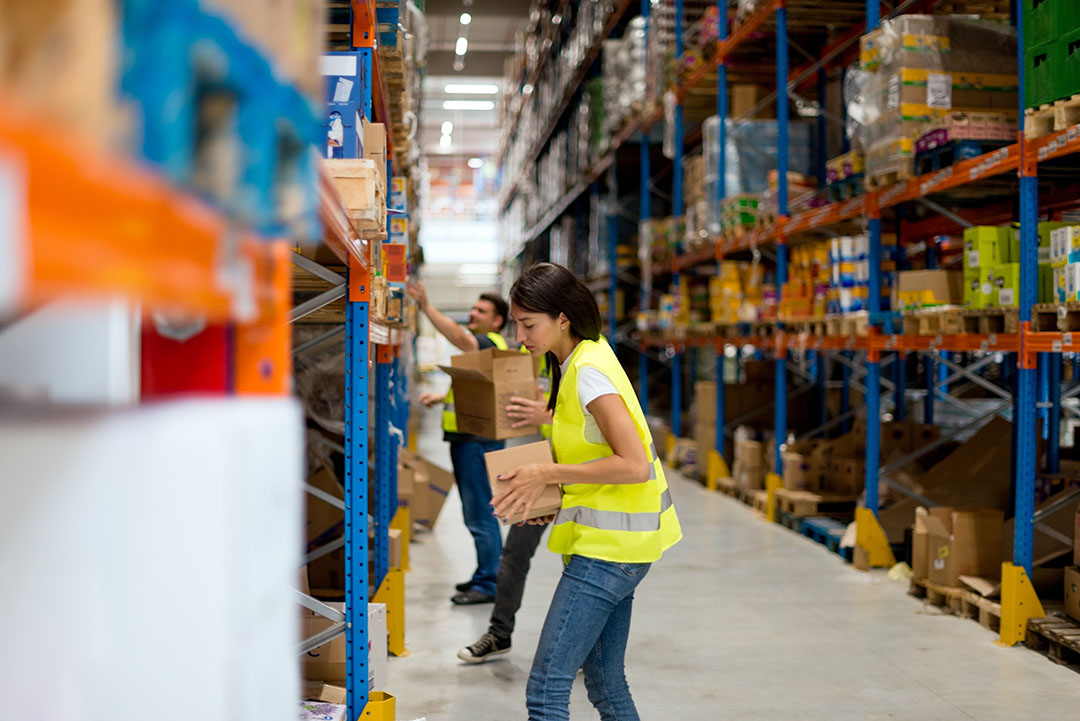
Properly handling and storing materials is important in reducing the risk of multiple hazards including slips, trips and falls, fire, and dropped objects. To prevent materials from falling, they should be stacked evenly, in a straight line and according to weight, with the heaviest materials on the bottom. You should train your employees to only remove items from the shelf one by one as carrying multiple objects at a time can cause injuries. Loose materials should be stored in a way that prevents the pile from falling. This can be done by blocking, interlocking or limiting the height of the pile. All materials should be stored in a way that helps prevent fire hazards, explosions or pest infestation.
Loading docks are places with many hazards, including forklifts, trucks, heights and heavy lifting. Open loading dock doors should be blocked off when not in use and the edges of the dock should have visual warnings. Everyone should always use the dock ladder or stairs; never jump or attempt to climb up a loading dock.
Looking for more courses?
VIEW THE 800+ COURSES AVAILABLE!
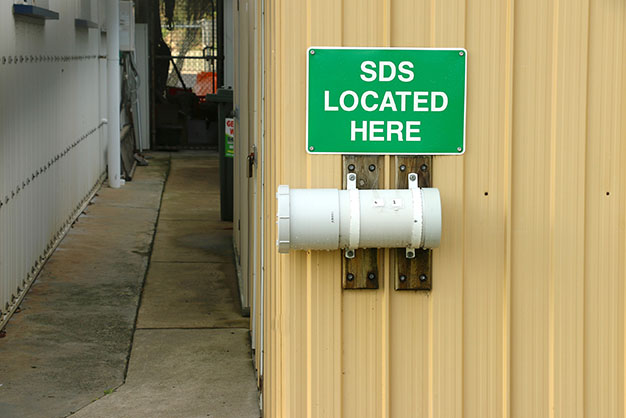
If your warehouse has chemicals or compressed gases present, each chemical should have a Safety Data Sheet (SDS) associated with it. The SDS will tell you how to handle and store that chemical. Even with the help of an SDS, employees should never attempt to use, handle or clean up a chemical unless they have had additional training on its use.
You should have an emergency plan in place that outlines who should do what in an emergency. Be sure your employees understand the contents of the emergency plan before a situation arises. The plan should include emergency exit locations, evacuation procedures and the location of fire extinguishers and other emergency equipment. It should also include methods for ensuring the safety of all visitors.
To reduce the risk of fires, flammable and explosive materials must be stored in appropriate storage areas away from other materials and sources of ignition. Chemicals should be stored according to manufacturer recommendations and relevant fire codes. Smoking and open flames should be prohibited in battery charging or compressed-gas storage areas.
Mechanical Material Handling Equipment
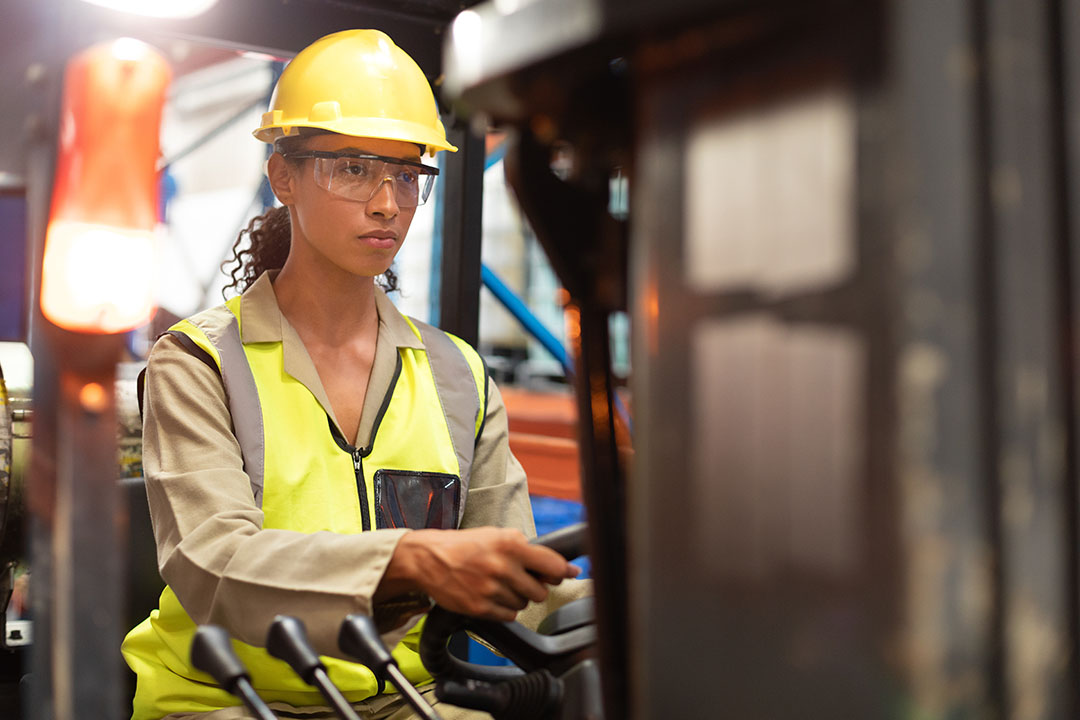
Providing your employees with mechanical equipment to help them lift heavy or bulky objects can speed up the process and reduce the risk of back and other of injuries, but mechanical equipment is not without its own risks. Forklifts alone cause approximately 8,500 injuries and 90 deaths each year across all industries. Almost all pieces of lifting equipment involve pinch-point hazards, while cranes create overhead, struck-by and dropped-object hazards. Before allowing employees to use any equipment, you should properly train them and make sure they always follow manufacturer instructions.
“Forklift” is a term commonly used for a group of vehicles that OSHA classifies as “powered industrial trucks.” The most common types of powered industrial trucks, or “PITs,” are electric and internal combustion engine rider trucks. Narrow aisle trucks, forklift tractors, motorized pallet jacks and rough terrain forklifts all classify as PITs. If your employees will be using a forklift or other PIT as part of their job duties, you need to train them over the specific machine they will be using, its controls and hazards, and any specific hazards that exist in the workspace.
Conclusion
Warehouses are a necessity in many industries but they do come with their own risks, including hazardous substances, heavy machinery and potentially dangerous locations within the warehouse itself. SafetySkills offers a Warehouse Safety course to help workers identify hazards and safely handle materials and equipment.


